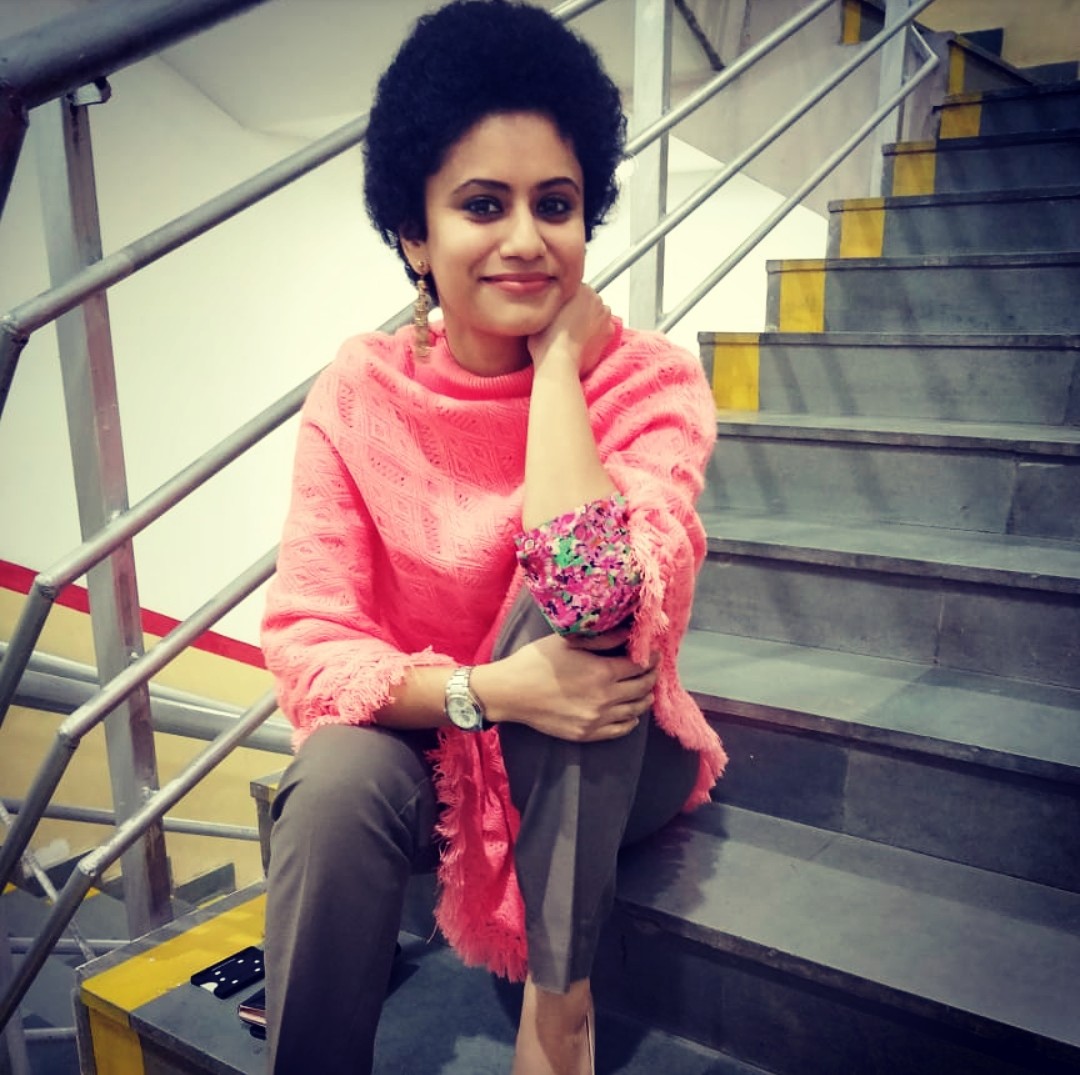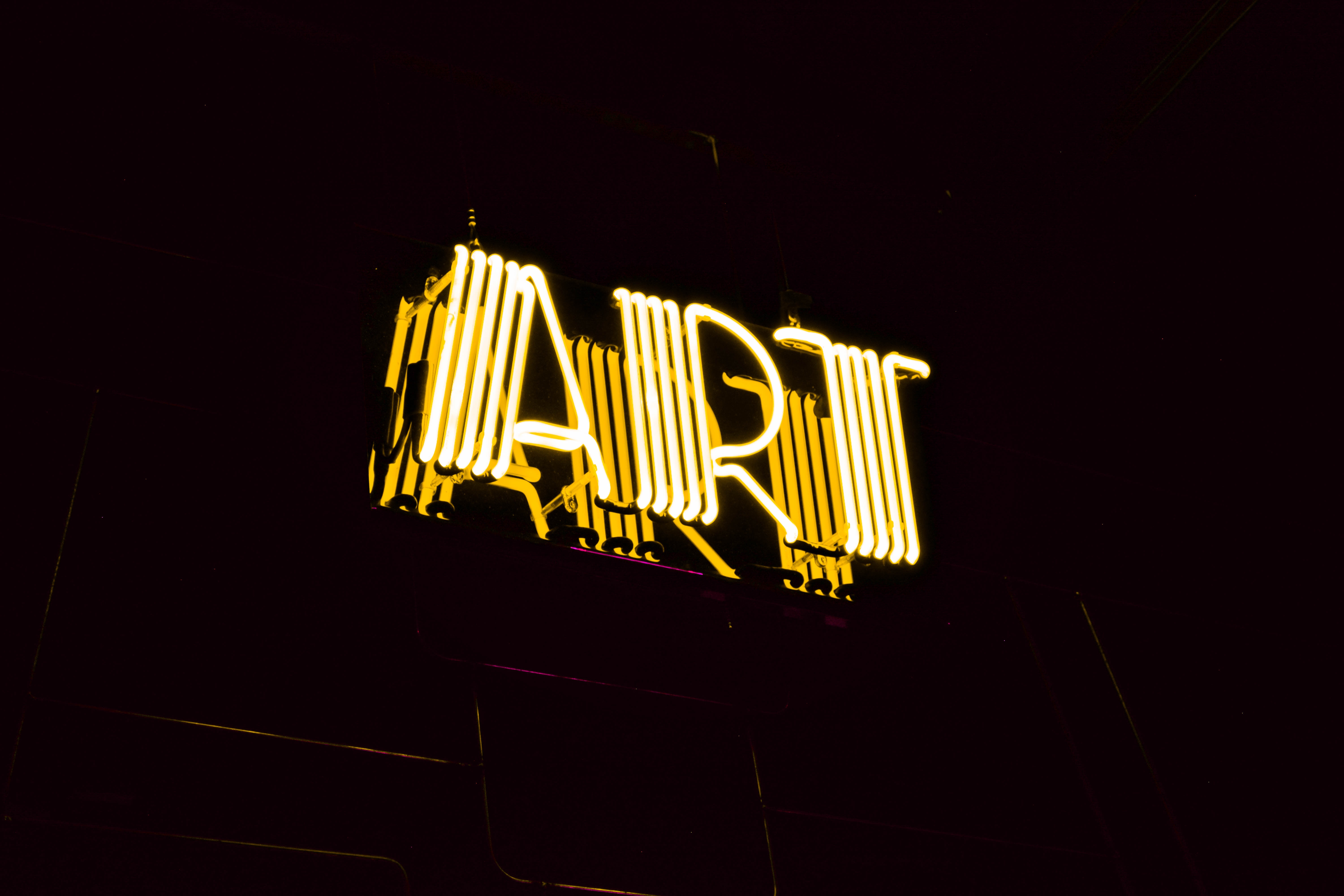El Castillo’s ‘The Panel of Hands’ is believed to be 40,800 years old, but signs of artistic behaviour in human beings stretch back farther than that. There is no doubt that since its evolution, art has unanimously navigated through cultures, belief-systems, traits but with the exposure it has received over the years, it has transported to mainstream and pluralistic themes. Not to forget, with technological intervention, artists have found newer ways to express themselves. Cate Fox, a Senior Program Officer at MacArthur Foundation, confirms that. She writes, “While we tend to think of art as existing in formal settings, such as paintings in a gallery or a play on a stage, its reach is much wider and more inclusive.” She is right. Besides, I would like to add that art is becoming more realistic with age.
For instance, have you heard of a documentary called A Girl in the River: The Price of Forgiveness? It’s a film on a Pakistani teenager called Saba Qaiser who was shot by her father and uncle and thrown into a river for eloping with a man she loved. She survived and exposed her perpetrators. The film won an Academy Award for best documentary in 2016. “After seeing my film, which won an Oscar, Pakistan’s Prime Minister Nawaz Sharif promised to take a tougher line on honor killings”, expressed journalist, filmmaker and activist Sharmeen Obaid Chinoy at World Economic Forum Annual Meeting 2017.
Just imagine the magnitude of art and the power in what it conveys. Sounds dramatic? Its real.
Different people perceive art differently, but this variation is largely because of the kind of emotions that get triggered. It also depends on how art interacts with an individual. Irrespective of the medium, art can swing between the extremes or it can turn void. It can be liberating or revolutionary. It can sew life together or tear it apart. It can be eternal misery found in the poorest of corners, dilapidated buildings, broken windows, damp walls; or it can be a new life sprouting from a barren land after the gush of rain. And, precisely due to these variations, it has been challenging to comprehend what makes it so compelling. Is it one particular element or a combination of many?
While reading about artistic relevance and interpretation, I stumbled upon an archived New York Times article by the chief art critic for New York Newsday Amei Wallach. A smile graced my lips as I read its opening line ‘The Debate Continues’. In the article, she asks several art critics, curators, scholars and artists about what is art according to them and who decides what is ‘good’ and ‘bad’ in art. A compendious read, the article introduces the reader to a wide range of perspectives. Quoting a few below –
“I’ve always said art is a revolution that makes people feel good. And, I don’t think art has a consensus. I don’t think 10 people in a room talking about art could agree about whether something is good or bad art.” – Richard Prince, American Painter and Photographer
“There is no single definition of art that’s universally tenable. Cultures without even a word for art nevertheless produced great art, for example, the ancient Egyptians.” – William Rubin, Director emeritus of painting and sculpture, Museum of Modern Art
“I think that art is the ability to show and tell what it means to be alive. It can powerfully visualize, textualize and/or musicalize your experience of the world, and there are a million ways to do it.” – Barbara Kruger, Artist
In the Autumn of 2015, Alex Foster, a third year in the University of Chicago majoring in Economics wrote for their university magazine The Midway Review, “I was first asked, “What is Art?” in primary school. Though I was sure I knew what art was, I didn’t know how to answer this question. Luckily, my cousin Asher knew. He declared, “Art is the pictures of boobs that get into museums.” He continues, “Art classes begin by asking, “What is art?” for a reason; the way we define art shapes how we make it, study it, and enjoy it.”
Art has evolved a lot over time however art interpretations are still as individualistic in nature as they were back then. One thing stands strong – in today’s creative scenario, the relevance of art has grown multi-fold.
On May 2017, Jordyn Arndt penned an impassioned op-ed for StarTribune emphasizing on the relevance of art in today’s world. He wrote, “In an increasingly polarized society, arts education has become more important than ever. The arts teach students how to relate to others, communicate effectively and devise creative solutions to complex problems. Whether creating art for its therapeutic benefits, as an advocacy tool or for the sheer joy of it, artistic expression puts us more in touch with ourselves and the world around us.”
What is the relationship between art and the artist?
Psychoanalytic psychotherapist and an artist, Patricia Townsend argues that, “Without artworks, there is no artist and the artist is essentially part of a relationship with his or her artworks, at least while they are in the process of being created.” In her study, she equates the relationship between mother and her child to artist and its artwork.
To dig deeper into this parallel, I caught up with some promising contemporary artists to know their relationship with their artwork? Here’s what they said –
“Art helps me to be mindful. It is tangible and so equally intangible. It is a tool to unite communities, to learn through our archival history and culture. It raises questions without putting an obligation on anyone to answer. It’s a visual record, so the viewer has the freedom to take whatever they want. It’s an ocean of endless creativity and inspiration which comes with a lot of colors, layers of fiction, reality, untold stories and visuals.” – Rupali Patil, Visual Artist, India
“For me, making art is a force for developing connections between me and all other life forms. When I started Jungian analysis over 30 years ago, I dreamed of clay animals that became alive when I unwrapped them. Curious about the dream, I signed up for a ceramics class. I was curious, surprised and delighted at how the material responded to my every touch. I commenced turning dreams, stories, myths and experiences into sculptures, highlighting textures and cracks that occurred in the process.
I realized I was connecting with a side of myself I usually kept hidden, a byproduct of trauma. As I brought truth, respect and compassion to self, internal divisions began to heal. Eventually, I became a full-time artist.” – Corinne D. Peterson, Artist and Sculptor, The United States of America
“I think art provides an essential lens for understanding different parts of the world that can seem overwhelming or inaccessible. I often use my work as a means of understanding and learning about the world around me. I find that researching my paintings makes me look closer and learn about things I wouldn’t otherwise look at in the same way. For example, in my last body of work, I did extensive research into endangered plants and animals. And this made me observe my natural surroundings minutely. And take an interest in plants and species that I may have otherwise walked past.” – Robin Crofut-Brittingham, Visual Artist, Canada.
“Art can be a solution to our existential crisis. As an artist, you need to learn to sit blank for hours, for days before an empty canvas. You need to engage and waste a lot of time till you reach a moment where you no longer force yourself to return to work but surrender yourself completely. This is not just exhausting but rejuvenating too, and this is what I feel is the real catharsis. It’s this cathartic process that allows self-realization and self-discovery. By doing this, I recognized my relationship with my artwork. This is not a linear one way process but a sum total of interactions between myself and its utterance through the language and the adaptation and deciphering of the world around me through my practice.” – Rollie Mukherjee, Freelance Artist and Art Critic, India
“I can tell you two things that art helped me with – First, I had difficulty in communicating with other people, especially my classmates, when I was a child. Visual explanation or even comics were easy to connect with them and understand each other. So, I often made drawings to explain many things. Second, over time, art has helped me express my feelings, such as sadness, frustration, happiness, anger etc. It is very personal but has always worked.
What is Art? It is comprehensive to define. Art can be visual art, poem, novel, music, play, movie, etc. There are many definitions to your question. It can be a tool to communicate with others. It can be useful to share feelings. It can define who you are.” – Akemi Nakano Cohn, Artist, The United States of America


